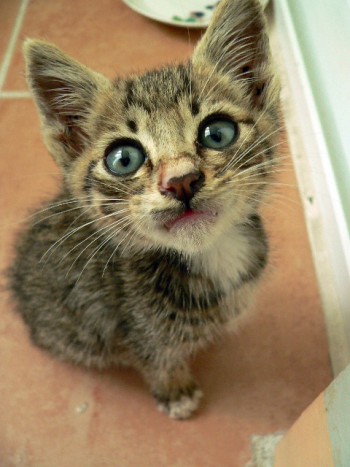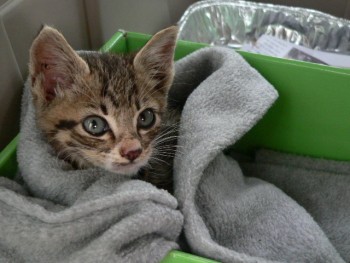Fostering, or temporarily caring for a homeless pet, is a wonderful way to help Korean animals. It is ideal for expats who cannot adopt animals here but miss their cats/dogs back home. The animal welfare situation in Korea is very poor as cats and some dogs are viewed as vermin or food. This is slowly changing, but foster care is essential as there are few shelters in the country.
Fostering involves providing food, shelter and appropriate medical care to sick or homeless animals until a permanent home can be found. Although I encourage people to foster it is important to think about the following things before accepting a foster animal.
*Am I willing and able to keep this animal until a new home is found?
Generally, fostering does not have a time limit. It is a responsibility and should be viewed as such. In my experience, kittens and puppies find homes quicker than older animals or those with special needs. Can you keep this animal for weeks or months?
*Can I provide for this animal financially?
Fostering is not necessarily expensive but you will have to purchase things such as : food/water bowls, cat litter/litter box, leash/collar, toys etc. Some foster animals may be sick or have behavioral issues. Will you be able to pay for veterinary treatment?
*Do I have time for this animal?
Adult cats are quite independent but kittens need extra care-the amount of time will depend on their age and whether or not they have been orphaned. Very young kittens will require bottle feeding every 2-3 hours. Dogs need to be walked several times a day. If you work 10 hours, it would be difficult to meet an indoor dog’s needs. Puppies will require a lot of work-walks every several hours, potty training, behavioral training etc. Very young puppies will require the same time commitment as young kittens.
*Am I willing to find the animal a new home?
By definition fostering is temporary. The goal of the foster parent is to find a loving, permanent new home. This can involve making posters/advertisements, posting on websites and screening potential adopters.
This article was written by Sommer Chambers and originally published in 2006.


